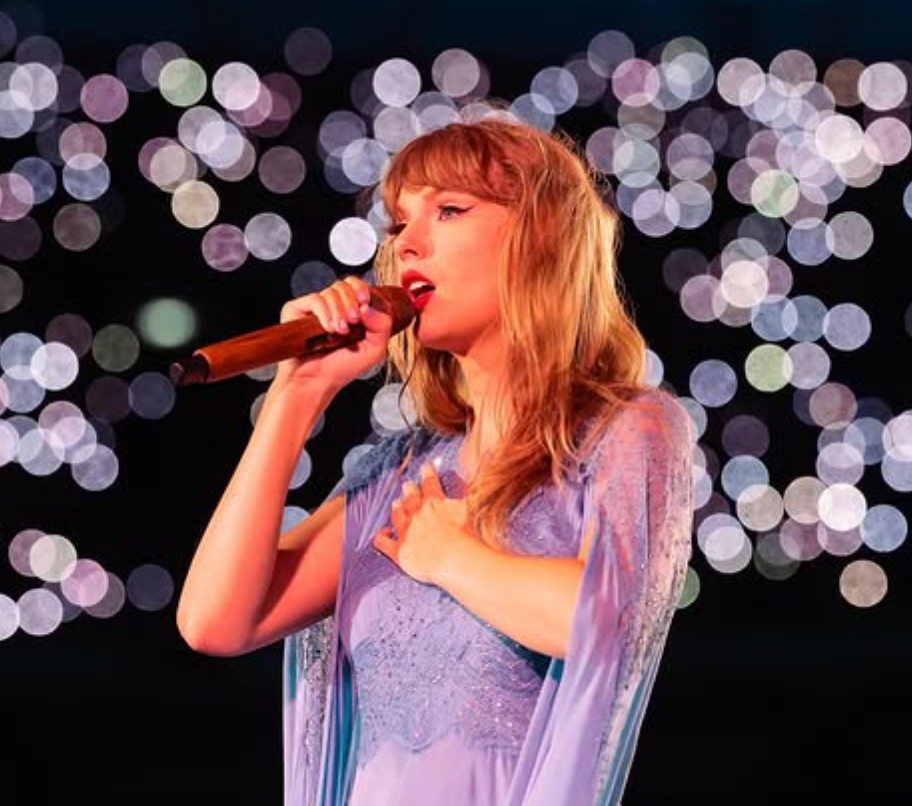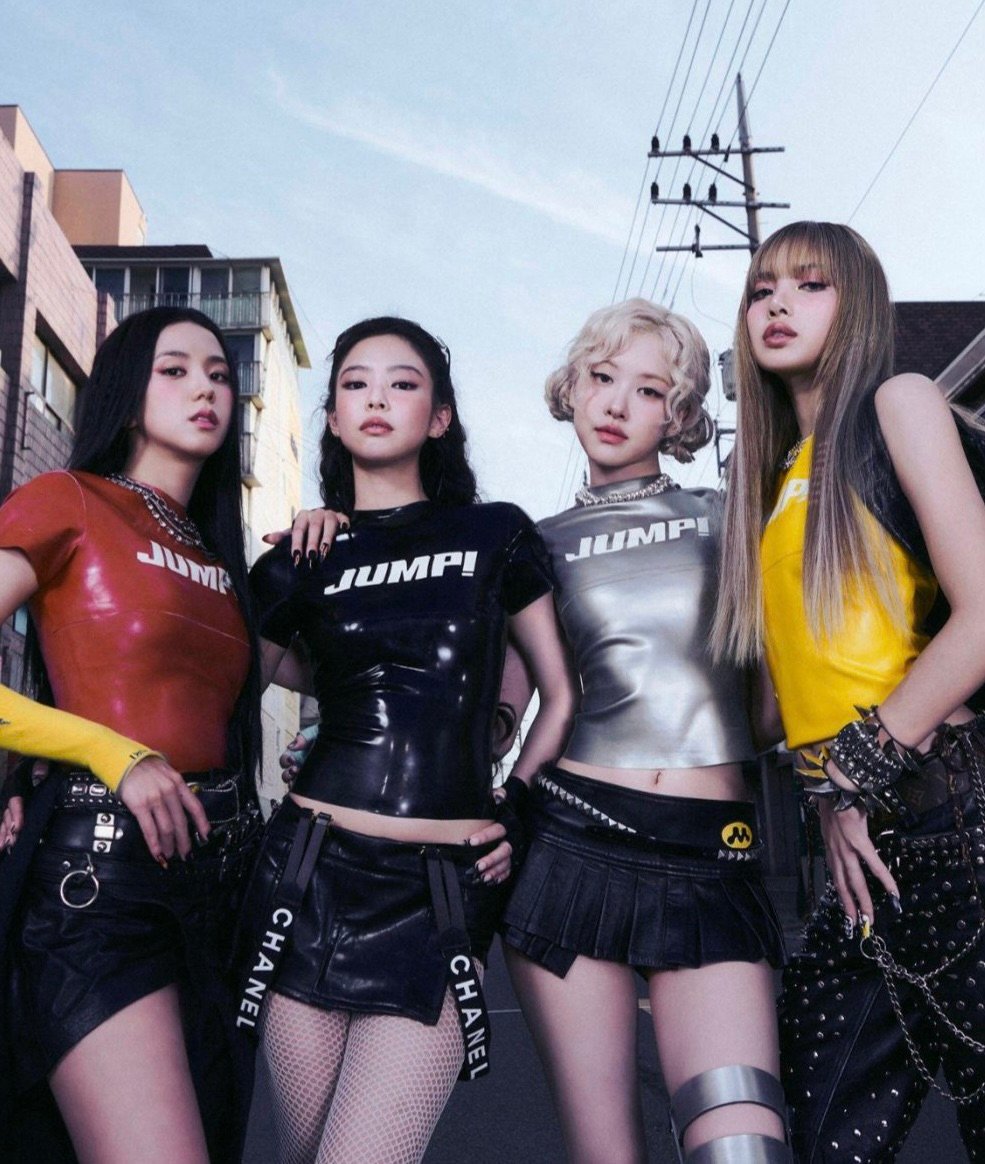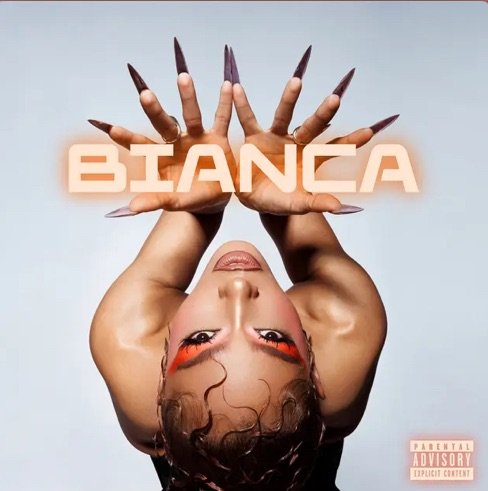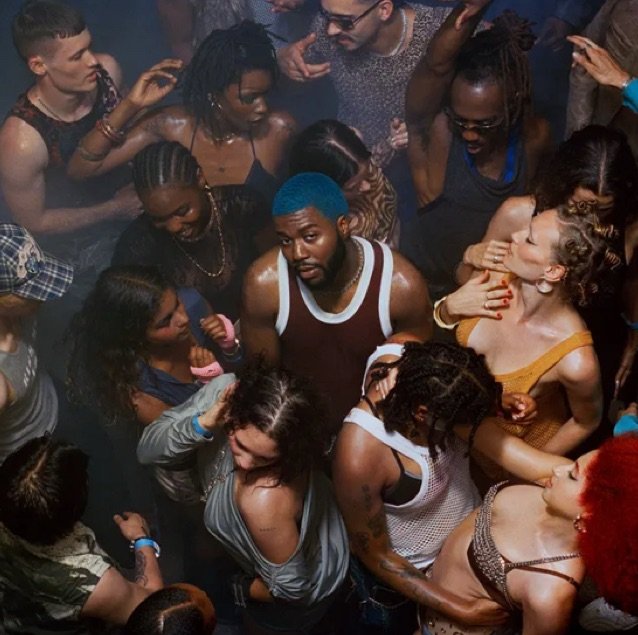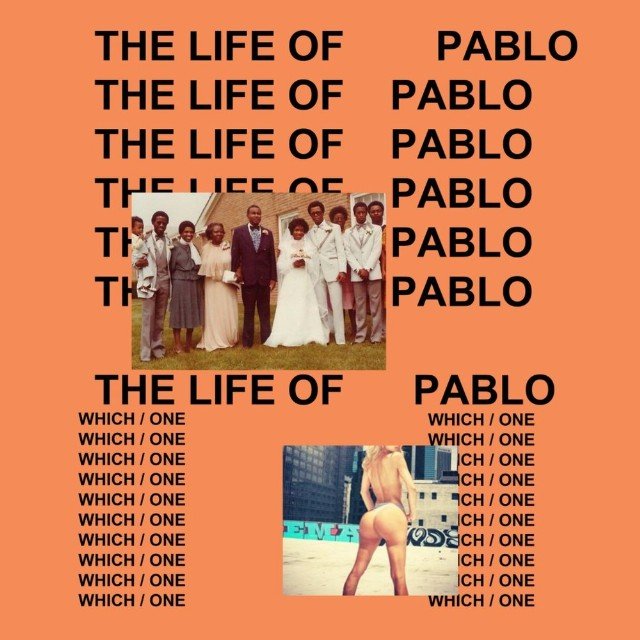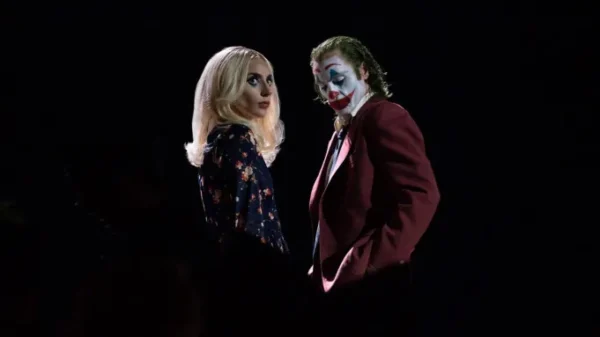
Joker: Folie à Deux is about a man who unexpectedly acquires a feverish audience, eager to lavish him with praise for his work. This acclaim paralyzes him, as he clearly never thought he’d get this far. Now, several years later, he finds himself having to follow up on his prior work, flailing in every direction in a desperate attempt to appease this ravenous group. But enough about director Todd Phillips—let’s talk about Joker.
Inexplicably, Todd Phillips’ Joker was a tremendous success in 2019, both commercially and critically. It grossed over a billion dollars and garnered numerous Academy Award nominations, even winning one for Joaquin Phoenix’s performance. Prior to this, Phillips was a writer-director best known for his raunchy R-rated comedies from the early 2000s, such as Road Trip, Old School, and The Hangover trilogy. With Joker, however, Phillips attempted to rebrand himself, pivoting from sex-fueled comedy to something overtly serious and solemn in tone. Joker, a self-proclaimed ‘character study’ that placed the iconic Batman villain at the center of a grounded 70s-style drama, yielded, in my opinion, decidedly mixed results.
While elements of Joker warranted praise—such as Lawrence Sher’s cinematography, Hildur Guðnadóttir’s score, and Joaquin Phoenix’s performance—I found Phillips’ efforts confounding. At every turn, the film was vapid and hollow, eager to evoke the surface-level aesthetics of Martin Scorsese films like Taxi Driver and The King of Comedy but utterly incapable of comprehending their deeper thematic or emotional implications. Despite my reservations, the film was widely acclaimed, and Phillips received multiple Academy Award nominations.
The consequences of that praise are evident in Joker: Folie à Deux, a woefully misguided sequel where Phillips doubles down on the worst aspects of the first film. Devoid of coherent themes, incapable of exploring its central characters, and driven by fleeting creative impulses, Folie à Deux is an often painfully dull exercise in futility.
From the outset, the film’s tonal and thematic inconsistency is apparent. It opens with a Looney Tunes-esque animated sequence, showing Joker returning to the scene of his crimes from the first film. It’s a charming enough sequence but ill-suited for the position it occupies. This becomes even more glaring as the film progresses and the thematic thread it’s supposed to kick off turns out to be one of the most grating, muddled, and incoherent elements of the movie. Cutting from this animated opening to a long take of Arthur and his fellow inmates tossing buckets of feces is a frustratingly accurate distillation of the film’s misplaced belief in its own shock value. Time and again, Phillips seems to congratulate himself for ‘pushing the envelope’ with scenes done in such poor taste and so poorly executed that one wonders how they made it into the final cut.
This raises an important question: What is Joker: Folie à Deux attempting to be? The film purports to be many things, which is part of the problem. It tries to be a gritty prison story, a musical, a courtroom drama, and an expansion of Phillips’ DC universe, with characters like Harvey Dent and Lady Gaga’s Lee Quinzel joining the fray. However, it feels unwilling to commit to any of these half-baked ideas in a meaningful way. Phillips seems creatively paralyzed, abandoning or walking back the film’s grandest ideas to maintain the status quo.
The courtroom sequences in the film’s second half largely serve as excuses to bring back bit-players from the first film, forcing them to rehash, at excruciating length, what happened previously. No new information or emotional insight is provided. This over-reliance on the first film is exacerbated by frequent flashbacks, reused footage, and incessant quotes from the original. Folie à Deux demonstrates a misplaced reverence for Joker, as if it were some kind of sacred text.
By extension, this sequel is merely coasting on the fumes of its predecessor, with no new ground to cover or anything fresh to say. Even elements that should prompt new developments, like Lady Gaga’s role, are largely ignored and vastly underutilized.
It’s easy to see why Gaga released the semi-related tie-in album Harlequin: she did extensive prep work but was stifled creatively by the film itself. This is especially baffling, given that her performance, in the few scenes where it shines through, is quite good—and the versions of the songs on her album far surpass those in the film.
Speaking of songs, when I heard Folie à Deux would be a musical, I was intrigued. It seemed to counter the hyper-specific fandom that the first film had cultivated and signaled that Phillips would have to put some bona fide creative effort into the project. Musicals are thematically rich and visually spectacular by nature, but in Folie à Deux, they only reveal the film’s emptiness.
Traditionally, songs in a musical should advance the story, deepen character, or enhance the themes. Like action sequences in an action film, musical numbers should serve more than just surface-level spectacle. But Folie à Deux fails on all counts. Nearly all the musical numbers take place in Arthur’s imagination, grinding the story to a halt without offering any meaningful character insight. Worse, the film is a jukebox musical, where the songs are chosen not for narrative significance but for their superficial lyrics about smiling, joking, or happiness.
Even more disappointing is the lack of spectacle. The musical sequences are shot and staged with a bland, uninspired style, often playing out like regular conversation scenes in shot-reverse-shot. When the film does attempt moments of inspired production design, reminiscent of the classic musicals of Warner Bros. or MGM, they are cut so short they barely register.
This isn’t to say there’s nothing good about Joker: Folie à Deux. It’s technically well-made, with Lawrence Sher’s expansive cinematography, Hildur Guðnadóttir’s score, Erik Aadahl’s captivating sound design, and strong performances by Phoenix and Gaga. These aspects demonstrate genuine craft and ingenuity. It’s just a shame they’re in service of such uninspired, languid storytelling.
RGM GRADE
(D)
By the time the film reaches its third act, it feels as if it’s desperately flailing in every direction, hoping to latch onto something. The climax is merely a more expensive rehash of the same beats from the first film but manages to be even less effective. Ultimately, Joker: Folie à Deux is an uninspired sequel with plenty of intriguing ideas lurking beneath the surface, but it lacks the clarity and self-awareness needed to develop those ideas in any meaningful way.
Discover more from RATINGS GAME MUSIC
Subscribe to get the latest posts sent to your email.



